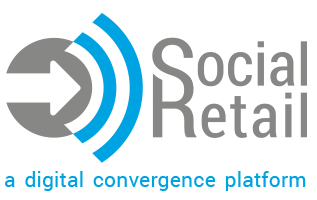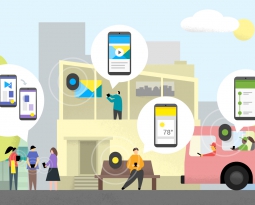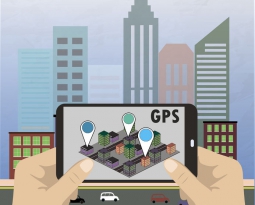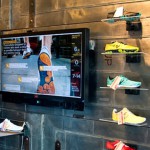2015 marks that year that proximity marketing will officially have taken off the training wheels. Macy’s stepped up from its pilot program to commit to installing 4,000 of its “shopBeacon” devices in store locations this past fall. The SXSW festival in Austin, Texas has used beacons the past two years for functions like displaying bands playing at a particular venue when an attendee walked by and networking alerts for people with similar industries or interests that help acquaint potential collaborators.
As new proximity marketing programs go live and more trials than ever are set to take place, the reality of beacon technology has finally set in to the mainstream market. These developments excite both customers and marketers, but brands that have not considered proximity marketing yet should consider it a wakeup call. If you are a large brand that has not even begun toying with the idea of starting a proximity marketing campaign, here is what you could be missing out on:
Keeping up with the Competition
Because much of the progress being made through proximity marketing is happening behind closed doors or in small pilot programs, the average brand may not feel the impacts yet. In truth, only 0.07% of overall marketing dollars are being spent in developing proximity programs.
Do not let these numbers fool you, though. Around 3% of retailers have already adopted some form of beacon technology, and one in five marketers have used beacons for marketing at some point. As of February, there were over 35,000 beacons installed and active throughout the U.S. Analysts predict that around $1.3 billion in retail sales have been influenced by beacons. That number is also increase at least tenfold in 2016.
The truth is that most of the hard work done with beacons has taken place under wraps, and those bandages are set to come off in the coming year. Proximity marketing will explode onto the scene in the second half of 2015. Brands that are not thinking about getting on-board now will soon feel left behind their competitors if they do nothing to close the distance.
Reducing Growing Pains with Early Adoption
Part of the reason proximity marketing is just now entering the mainstream is that pilot programs have been ironing out the kinks for the past several years. The Bluetooth Low Energy technology used to power beacon messaging has been available since 2011, and since the release of iOS 7 in 2013 a majority of smartphones have been beacon-enabled.
In the time since then and now, brands and marketing firms have established much of the groundwork for how proximity marketing campaigns should be properly implemented. With most of the initial guesswork and experimentation out of the way, project pipelines can be made shorter and shorter.
Now that many of the mistakes have already been made, true innovation can begin along with lower-risk programs for tentative adopters. Beginning a proximity marketing program now can leave you time to refine and adjust the campaign according to your needs, giving you a further competitive edge as those who have not read the writing on the wall take months to catch up.
Realizing That Beacons Are for More Than Just Coupons
Make no mistake, customers love getting offers through beacons. 63% of consumers surveyed felt that coupons were the most valuable form of mobile marketing.
However, using beacons just for promotions and offers is not utilizing their full potential. In-store guidance through turn-by-turn directions and rich product information is one major capability that should be explored. Even more important, beacons yield a huge cache of untapped customer data, including:
âTraffic patterns
âIn-store mobile usage
âDevice preference
âPercentage of people who opt in
âEngagement rate
âTime spent per display
Detailed metrics such as these were previously only available through web page browsing, and now they can become a crucial component to your in-store decision making. The key is to have a beacon messaging software platform that can manage analytical data and omnichannel engagement at the same time.
Digital Social Retail has a powerful digital convergence platform that can manage customer engagement on multiple levels. From beacon messaging to social media posting to digital signage content management and beyond, our software unlocks the potential of digital marketing on multiple fronts with the analytics to back up all of your actions with concrete metrics. Visit our product page to learn more.










